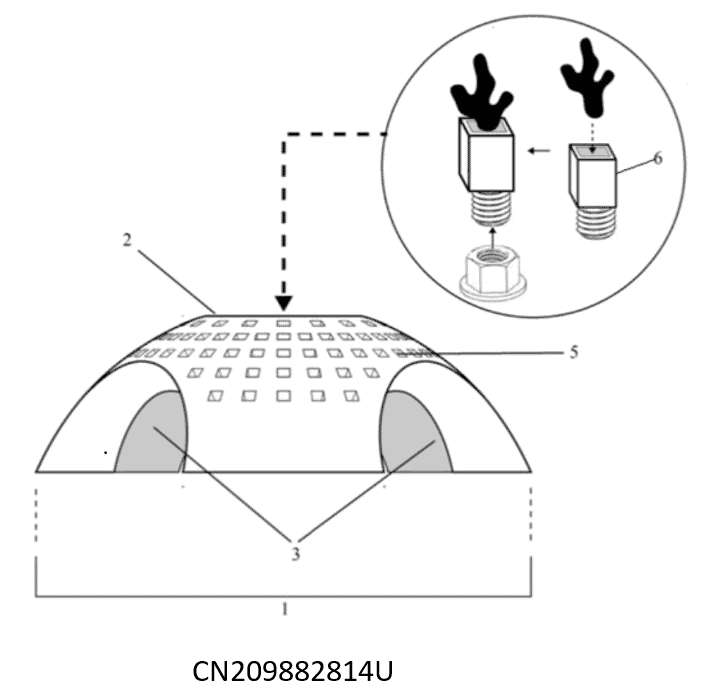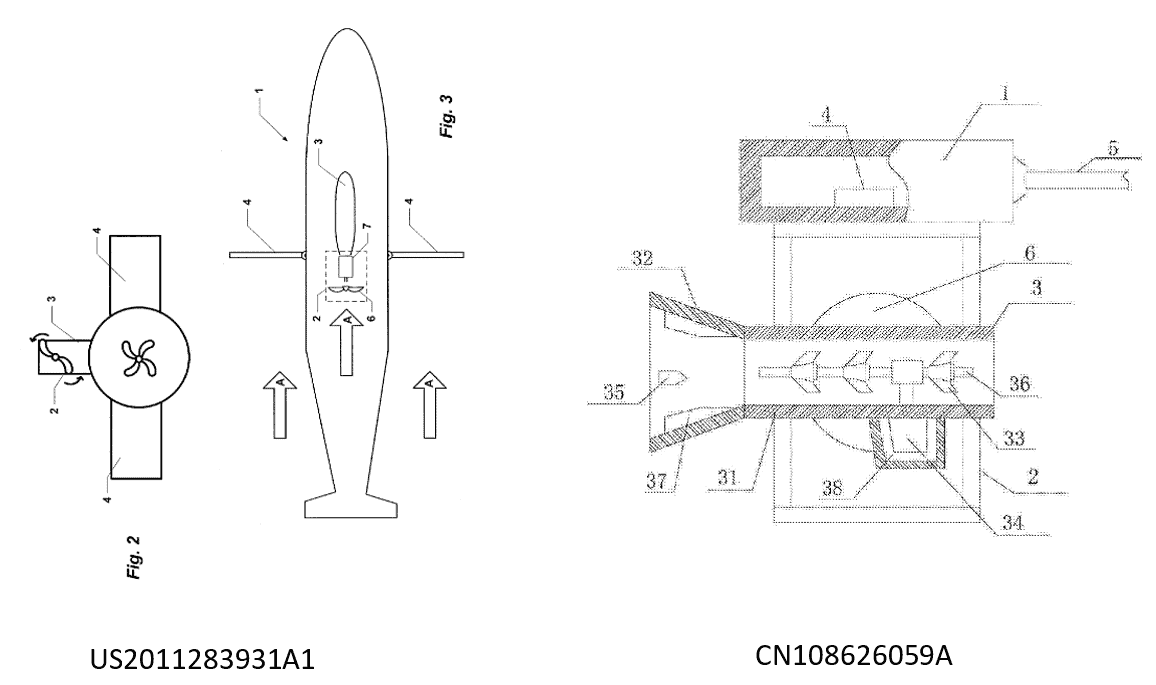
Around 70% of our planet’s surface is covered by oceans, arguably making them the most abundant and fundamental natural resource supporting life on Earth. Yet these huge and vital ecosystems are facing an ever-growing list of ecological crises: oil spills, plastic pollution, over-fishing, and coral extinction (to name just a few). World Oceans Day is celebrated annually to raise awareness of these issues and highlight the initiatives being undertaken to tackle them, with a goal of ensuring that at least 30% of the Earth’s oceans are protected by 2030. To achieve this, innovation will be required; we must somehow return the oceans to their natural state, restore and maintain their complex biodiversity, and minimise the impact imposed on them by human activity. Thus, on this year’s World Oceans Day, it seems fitting to look at the innovations being proposed to help us achieve these tough but essential goals.
Reducing oil and plastic pollution is a crucial aspect of marine conservation, and the question of how we may viably achieve this is an area of constant research. In CN106892066A, a marine debris recycling device is proposed which salvages floating debris (e.g., glass bottles, plastic bottles, plastic caps, and worn fishing nets) from the sea. The recycling device uses conveying and sorting units to clean and sort the debris in situ for increased efficiency. KR102226245B1 proposes a marine debris cleaning vessel which similarly collects floating waste, but additionally freezes the debris using a cooled refrigerant such that it becomes extremely brittle and easy to crush.
For cleaning up oil spills, WO2020232642A1 proposes an ocean surface oil spill collector, which includes a floater provided with oil-collecting through holes. A weight gainer adjusts the floating position of the floater, such that at least three-quarters of the floater sits within the water and the remaining part is submerged in the oil being collected. Faced with overcoming the challenge of restoring and maintaining marine biodiversity, scientists are currently researching how we can protect and propagate coral reefs, fish stock, and oceanic plant life. One solution for coral reef rejuvenation is presented in CN209882814U, which provides a coral nursery planting reef device. This device has a reinforced concrete body with holes through which sea water can flow, providing a sheltered habitat for cultivating coral cuttings (used for artificial coral transplantation).
Faced with overcoming the challenge of restoring and maintaining marine biodiversity, scientists are currently researching how we can protect and propagate coral reefs, fish stock, and oceanic plant life. One solution for coral reef rejuvenation is presented in CN209882814U, which provides a coral nursery planting reef device. This device has a reinforced concrete body with holes through which sea water can flow, providing a sheltered habitat for cultivating coral cuttings (used for artificial coral transplantation). To help protect endangered fish, scientists are monitoring the ocean habitats in which they typically live and spawn. For example, CN111583051A proposes a method for assessing the habitat of bigeye tuna (a species currently under threat due to overfishing). This method is used to evaluate the quality of bigeye tuna habitats in the Pacific Ocean, considering sea surface temperature, height, chlorophyll concentration, ambient temperature, and oxygen content.
To help protect endangered fish, scientists are monitoring the ocean habitats in which they typically live and spawn. For example, CN111583051A proposes a method for assessing the habitat of bigeye tuna (a species currently under threat due to overfishing). This method is used to evaluate the quality of bigeye tuna habitats in the Pacific Ocean, considering sea surface temperature, height, chlorophyll concentration, ambient temperature, and oxygen content.
Finally, for minimising the impact human activity has on our marine life and ecosystems, we must carefully manage what we put into (and take out of) our oceans. This includes preventing the introduction of toxic waste-water into the sea. For example, the desalination method of US2012205320A1 avoids the production of brine (potentially damaging to aquatic life due to its high concentration of salt). This method exploits the fact that the solubility of inorganic salts in supercritical water is essentially zero. As such, salt particles can be easily extracted from the produced waste water whilst it is in a supercritical state.
Other solutions focus on utilising ocean currents to produce clean, renewable energy, allowing for a reduced dependence on fossil fuel-powered water vessels and a reduced need for extracting oil and gas from the seabed. US2011283931A1 proposes a submarine with a generator adapted to convert energy from ocean currents into electrical energy for powering the ship, whilst CN108626059A proposes an energy collecting device which can harvest energy from ocean currents and operate at various depths. The inventions discussed here represent just a fraction of the marine conservation innovations for which patents are currently being applied for and granted. Thus, in 2022, we have more solutions than ever at our disposal for tackling the ecological crises our oceans currently face. However, whether these solutions will be enough for fully achieving the goal of protecting 30% of our oceans by 2030 is yet to be seen. What is clear is that innovation for conservation is vital, and in this respect, valuable progress is being made.
The inventions discussed here represent just a fraction of the marine conservation innovations for which patents are currently being applied for and granted. Thus, in 2022, we have more solutions than ever at our disposal for tackling the ecological crises our oceans currently face. However, whether these solutions will be enough for fully achieving the goal of protecting 30% of our oceans by 2030 is yet to be seen. What is clear is that innovation for conservation is vital, and in this respect, valuable progress is being made.
